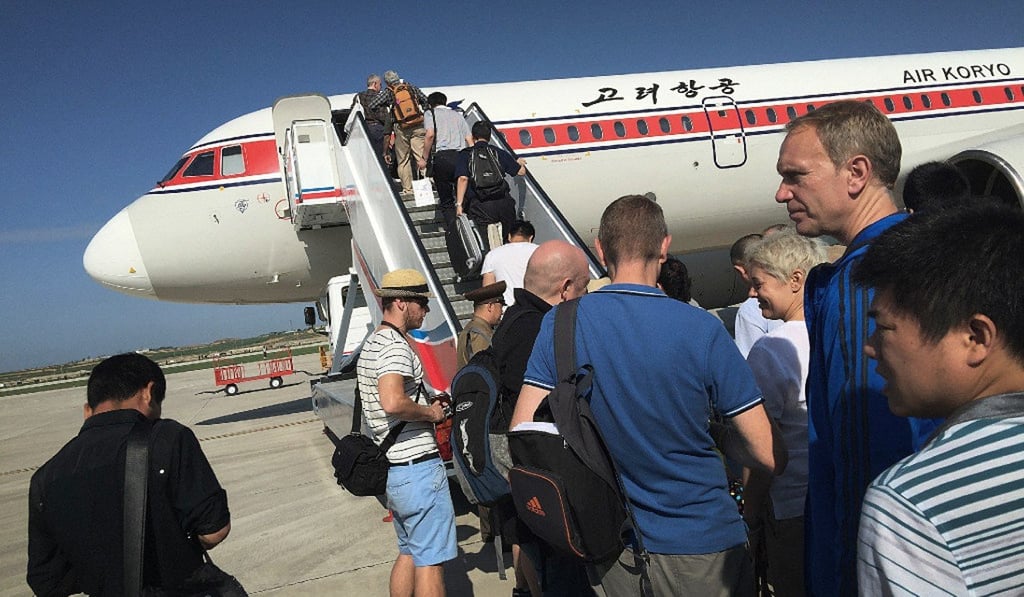Destinations known | How safe is North Korea – and is it an ethical tourist destination?
Plus, visa-free access to China’s Hainan Island for 59 countries from May 1 and Bangkok taxi drivers get a crash course in English

North Korea has been dominating the headlines of late, as its leader, Kim Jong-un, prepares for the April 27 summit with South Korean President Moon Jae-in by suspending nuclear and missile tests and courting cautious optimism from adversaries and experts alike.
Nevertheless, an estimated 5,000 Western tourists, and considerably more Chinese, continue to make the trip each year. China’s tourism authority does not publish figures for nationals visiting North Korea, although a report compiled by a South Korean think tank, the Korea Maritime Institute, found that more than 230,000 Chinese tourists made the trip in 2012, and more recent information suggests that numbers have risen dramatically. According to the state-owned China News Service, the number of Chinese visitors travelling from the border town of Dandong into the DPRK rose to 580,000 in the second half of 2016.

Independent travel is out of the question. Instead, visitors must join an authorised tour, carefully designed to showcase the DPRK in its best light. Although, according to British-owned, Beijing-based Koryo Tours, which is responsible for taking 2,000 people to the hermit kingdom annually, these visits can be tweaked to suit the interests of the traveller, whether those lie in architecture, education or even fishing.
